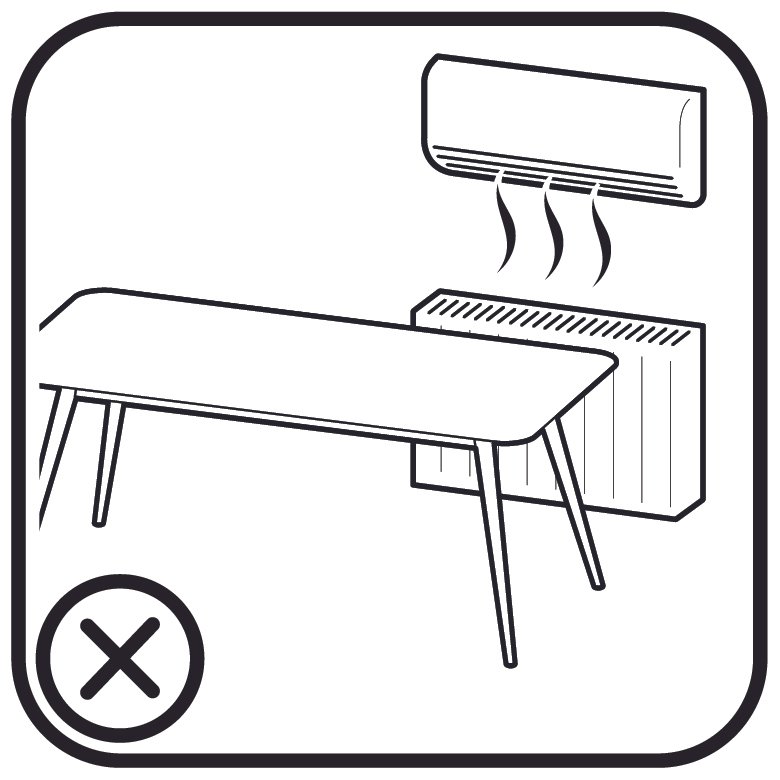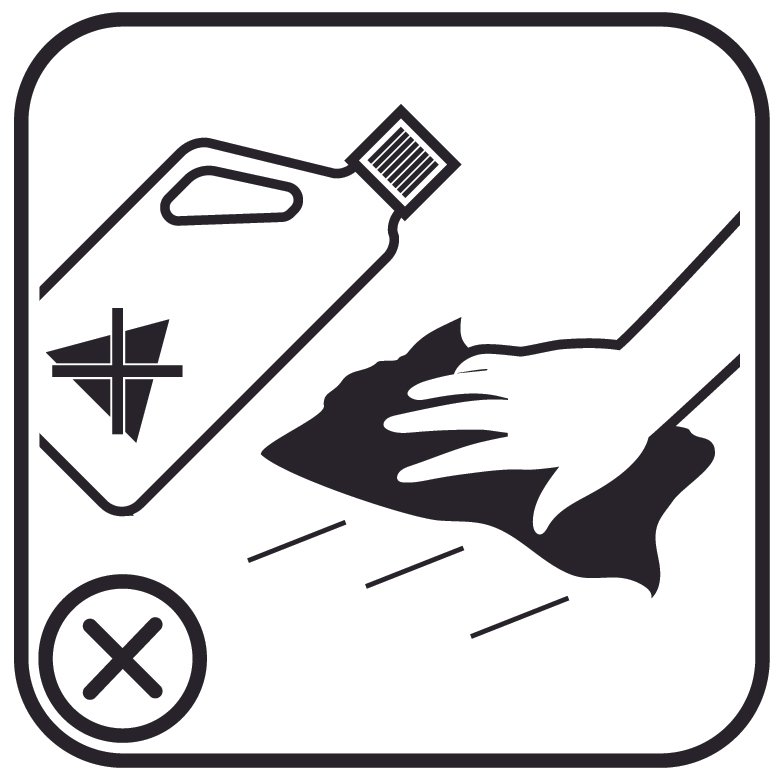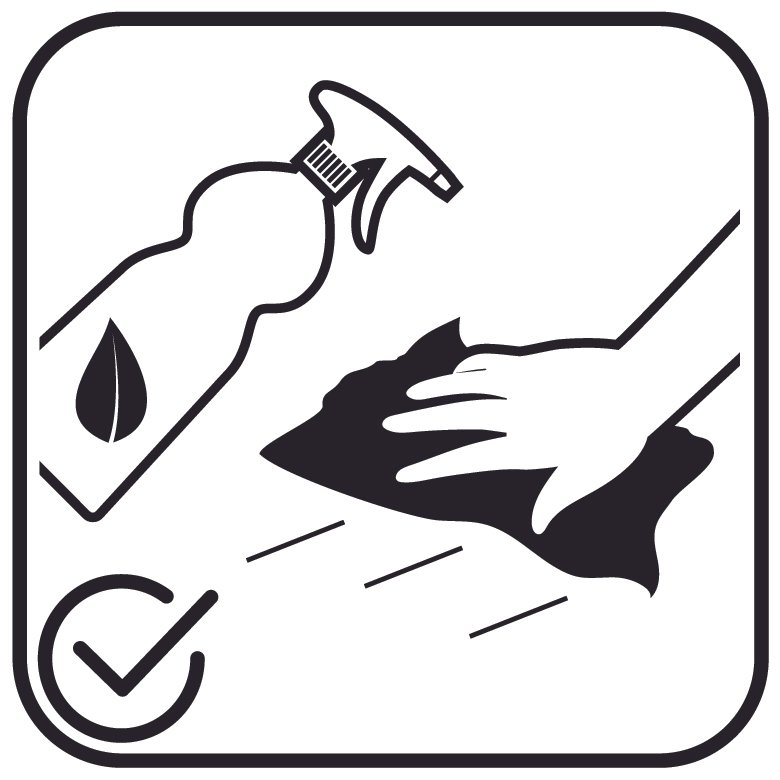Walnut
The inherent richness and warmth of American Walnut are elevated to their fullest expression through our natural oil finish. This treatment intensifies the deep, dark hues of the wood, presenting a luxurious and inviting appearance that defines the timeless beauty of American Walnut.
-
Much like your fingerprint, every tree showcases a unique grain pattern, rendering our solid wood products truly one-of-a-kind.
This inherent uniqueness is a direct reflection of the natural characteristics of wood. We consciously choose to highlight, not hide, this distinctiveness, embracing the authentic and individual charm of each piece of wood.
Knots in wood, the natural markers where branches once grew, are an inherent part of its character. While we carefully remove larger, unhealthy knots, eliminating all of them would significantly reduce yield and lead to excessive material use. By embracing these natural features, we not only honor the wood's authentic beauty but also uphold our commitment to sustainability.
-
Sourced from responsibly managed forests, our walnut is a testament to our commitment to environmental stewardship.
We believe in the importance of preserving the integrity of our natural resources, ensuring that each piece of furniture crafted is not only timeless in design but also sustainably sourced, leaving a positive impact on the environment and the communities we serve.
-
Dust Regularly: Use a soft, dry cloth to dust your wooden surfaces regularly to prevent dirt and grime from building up.
Wipe Spills Immediately: Clean up any spills as soon as they occur with a damp cloth, then dry the area thoroughly to avoid moisture damage.
Mild Cleaning: For routine cleaning, use a slightly damp cloth with water and a mild soap solution. Wipe the surface gently and dry it with a clean, dry cloth.
Avoid Harsh Chemicals: Avoid using harsh chemicals, ammonia-based cleaners, or abrasive materials on oiled wooden surfaces.
Avoid Standing Water: Never let water or any liquid sit on the wood for an extended period as it can cause damage.
Avoid Direct Sunlight: Prolonged exposure to direct sunlight can cause wood to fade or crack. Place furniture away from windows or use curtains/blinds to protect it.
-
Over time, oiled wood will dry out and stains will appear due to use. These stains can easily be removed by re-oiling the surface.
For detailed instructions, please follow our guide.
Tips for Longevity:
Avoid Direct Sunlight: Prolonged exposure to direct sunlight can cause wood to fade or crack. Place furniture away from windows or use curtains/blinds to protect it.
Avoid Harsh Chemicals: Avoid using harsh chemicals, ammonia-based cleaners, or abrasive materials on oiled wooden surfaces.
Avoid Standing Water: Never let water or any liquid sit on the wood for an extended period as it can cause damage.
Regulate Humidity: Wood is sensitive to changes in humidity. Use a humidifier or dehumidifier to maintain a consistent indoor environment, ideally between 40-60% relative humidity.
Use Protective Pads: Use coasters for drinks and placemats for hot dishes to prevent surface damage.
-
Owning a solid wood product comes with the reassurance of durability and repairability. Almost any damage, from dents to breaks, can be effectively restored. Solid wood’s resilience makes it a favorite for woodworkers to either repair or repurpose.
Our detailed repair guide empowers you to mend your oiled wood products easily at home. For lacquered items, although repairable, professional assistance is recommended for reapplying the finish.
Beyond physical damages, wood can also crack due to placement in unsuitable conditions. Fortunately, these too can be repaired following the same guidelines.
Moreover, the natural aging process of solid wood leads to the development of a beautiful patina. While many appreciate this evolving character, you have the option to rejuvenate your piece. A simple sanding and a fresh oil coat can restore its original look. We believe that this ability to renew and maintain, thereby extending its life across generations, is a key aspect of sustainability.
Available Types
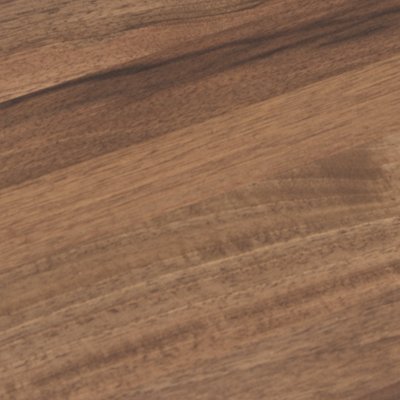
Walnut
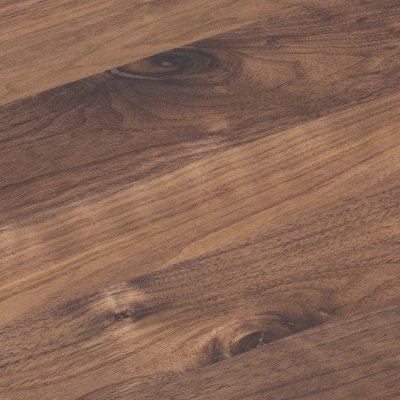
Wild Walnut
Wood User Guide
To ensure your wooden product stands the test of time, it's important to follow this guide for proper placement, use, and care. Incorrect positioning and/or usage may result in changes in color, cracks or warping of wood.
Placement
Be sure to place your product indoors and monitor extreme humidity levels. The recommended humidity range for wooden furniture is between 30-60%, with an optimal range of 45-55%.
If the air in your space is typically dry, consider using humidifiers to address the issue. Conversely, if humidity levels become too high, ensure proper ventilation or use a dehumidifier.
For long-lasting durability of your wooden furniture, avoid exposure to excessive heat or cold, direct sunlight, or placing furniture in overly dry or damp areas.
Be cautious of areas in your home where temperature fluctuations are common, such as near balcony doors or windows that are frequently opened.
The recommended temperature for wooden products is between 18 and 22 degrees Celsius, with an ideal range of 20-22 degrees Celsius.
Use and Care
To prevent stubborn stains on wooden top surfaces, always use coasters under cups, vases, glassware, hot pans, and other damp or hot items.
Wipe up any spills from the oiled wooden surfaces immediately after they occur.
Over time, it's normal for stains to develop on oiled wooden products as they are used. These stains can typically be removed by re-oiling the surface.
Regularly dust the furniture with a soft, dry cotton cloth to maintain its health and appearance.
Avoid placing sharp, hot, or wet objects directly on the wooden surfaces of the product.
Cleaning & Maintenance
Daily Cleaning
Wipe the surface daily with a clean, dry cotton cloth. If necessary, you can use a damp cloth and dry the surface afterwards.
Dealing with Stains
For small stains, use a natural, wood-appropriate soap cleaning agent. Make sure to wipe the surface dry after cleaning.
Stubborn Stains and Scratches
If stains and scratches appear severe, don't worry. You can remove them by gently sanding the affected area and then reapplying a fresh coat of oil.



